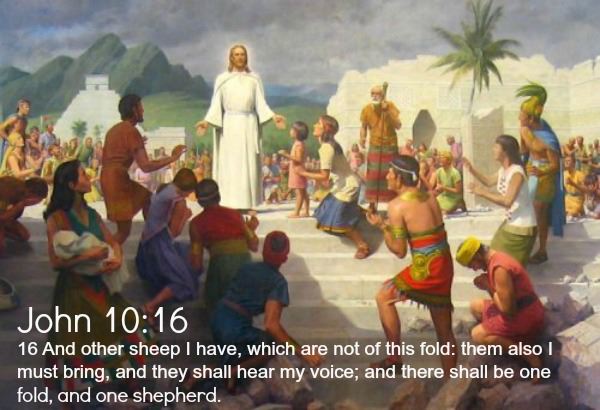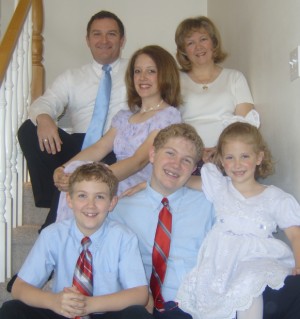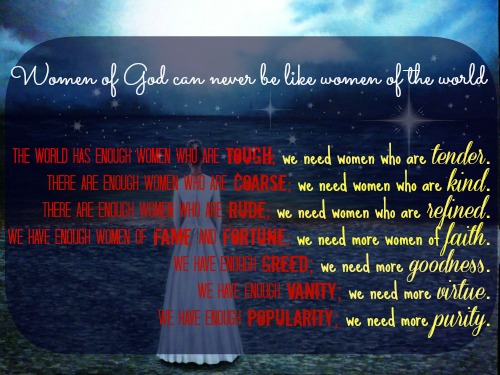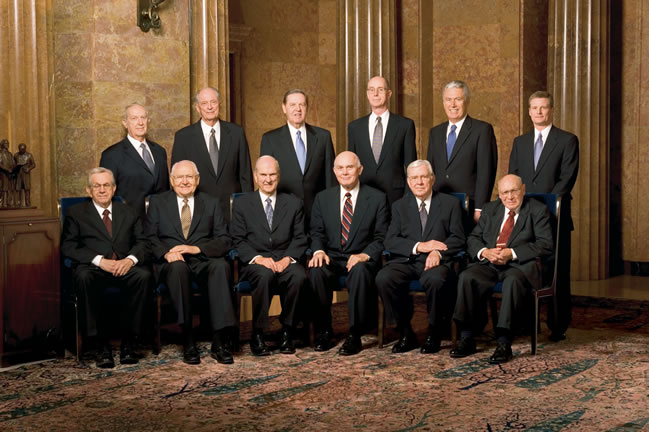One common but important misperception of The Church of Jesus Christ of Latter-day Saints, often mistakenly called the Mormon Church, is that it changes its doctrines and policies in response to public pressure. Even some members of the LDS Church who do not have a full understanding of their own religion entertain this mistaken idea.
The Church of Jesus Christ has an organization established by Jesus Christ that is unique in all the world. This organization is totally made up of lay servants — there is no professional clergy. At the head of the Church is a prophet/president with two counselors. These three comprise the First Presidency of the Church and are equivalent to Peter, James, and John, who led Christ’s ancient church after Christ’s resurrection and ascension. Beneath them are twelve apostles, who perform the same function as the apostles of old, and with the same apostolic authority and power. They are all seers and revelators.
 Under this leadership are quorums of seventy as in Christ’s ancient church. Then there are leaders over large geographical areas, then groups of congregations, leaders of individual congregations, and members filling every position in each congregation. At the member level, there are companionships of men who are called “Home Teachers,” and women who are called “Visiting Teachers.” These are assigned to visit with members in their homes once each month to assess and help with individual needs. Congregations (“wards” and “branches”) are organized geographically, and this enables congregations to mobilize quickly when someone needs help. It also means that information may be passed up the hierarchy very quickly and efficiently, especially since congregations and groups of congregations (called “stakes”) are connected the same way worldwide. Because of this efficient organization, information can also be imparted from the top down very efficiently.
Under this leadership are quorums of seventy as in Christ’s ancient church. Then there are leaders over large geographical areas, then groups of congregations, leaders of individual congregations, and members filling every position in each congregation. At the member level, there are companionships of men who are called “Home Teachers,” and women who are called “Visiting Teachers.” These are assigned to visit with members in their homes once each month to assess and help with individual needs. Congregations (“wards” and “branches”) are organized geographically, and this enables congregations to mobilize quickly when someone needs help. It also means that information may be passed up the hierarchy very quickly and efficiently, especially since congregations and groups of congregations (called “stakes”) are connected the same way worldwide. Because of this efficient organization, information can also be imparted from the top down very efficiently.
With this inspired organization, the only true and living church is just that, true and living. Programs evolve with received revelation in response to perceived needs and spread worldwide. A person can attend church in Boston one week and in Nigeria the next week and find the same schedule, teaching methods, teaching materials, and organizational patterns. The church is always adapting so as to be able to deal with growth and changing cultural and societal needs. But doctrine never changes.
Policy changes that are meant to affect the entire church must come by revelation. It is certain that God inspires us to begin to sense that change is needed, and He inspires us to pray for direction. Once we ask, He can answer. This is an eternal construct. God will not make policy changes according to the whims of man or woman. Sometimes, cultural changes do precede policy changes, because prophets and apostles seek for answers and one comes that will accommodate new cultural needs, but these never, ever, compromise doctrine, and they come in the timing of the Lord, and not according to our timing.
Some notable policy changes (NOT doctrinal changes) have occurred in Mormon history as the result of revelation. Revelations began the nineteenth century practice of plural marriage and ended it. The doctrine of plural marriage is found in the Book of Jacob in the Book of Mormon and is simply put — if God desires to “raise up seed” unto Himself, and His covenant people are righteous, He may command them to practice plural marriage. Plural marriage is meant to strengthen the covenant people by adding not only to their numbers but to the strength of their faith. It may appear to friends of other faiths that Mormon polygamy was abandoned after 50 years because of the persecutions and prosecutions enacted by the US Government against them. But Mormons would have continued to live the “principle” had not God delivered a revelation to then-prophet Wilford Woodruff to end the practice, so that the church could flourish within its cultural context.
Another example is the decision to extend the blessings of the Mormon priesthood to all worthy men regardless of race. Because of the civil rights movement in the United States, a great deal of pressure was put on the LDS Church to extend the priesthood to men of African descent. This lasted a number of years, and caused both LDS leadership and lay members to get on their knees — not for the Church to save face, but because they cared about their Black brothers and sisters, all God’s children. Remember that once the priesthood was extended to Blacks, that they could then hold any office of service in the Church. This means that Whites (!) had to be prepared to honor and sustain Black bishops, stake presidents, apostles, etc. It took awhile for Caucasians to come to this point and abandon old notions of racism. When it was time, the Lord sent a revelation that was remarkable in its power and glory, according to reports of those who witnessed it.
Women in the Church of Jesus Christ have plenty to do. They run the women’s, children’s, and young women’s auxiliaries of the Church. Many work outside the home, and all tend to have larger families than the general population. Women exercise spiritual power as well as administrative power in the Church of Jesus Christ, and they perform priesthood functions within the walls of Mormon temples. But they will not receive the priesthood as the result of any social pressure they or others put upon the Church. Sympathy, yes, as with the increased sympathy and understanding extended to gay members. But without direct revelation, such a change cannot be made.




